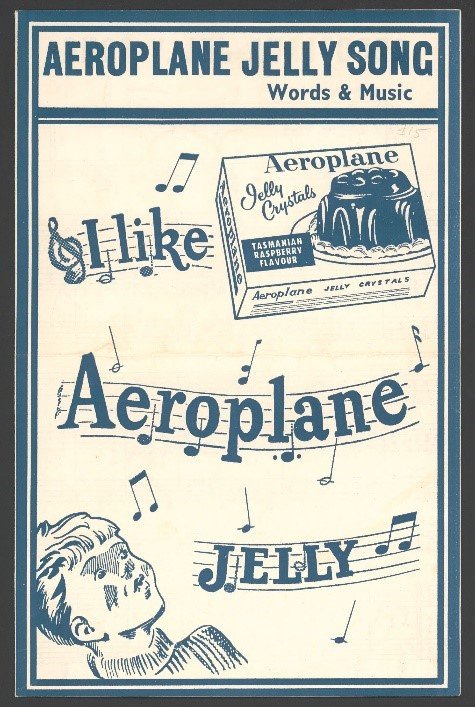The National Library has a new dedicated Rare Books and Music Curator. Dr Susannah Helman introduces you to some of the highlights in these special collections and will share stories and useful resources as she explores the wealth of precious and unique material the Library holds.
Rare Books and Music are two of the Library’s exceptional ‘special collections’, formed over many years. Generous donors have funded this new three-year position at the National Library of Australia to research and share these collections with you.
Q&A with Dr Susannah Helman - Rare Books and Music Curator
What’s your background?
Rare books and music are lifelong passions. I trained in history, involving both rare books and music, and I’ve worked with them in some way as a curator for over 17 years, most recently in the Library’s Exhibitions section.
I’m excited to work in this role. I will let you know what I find through blogs like this, social media and events.
Tell us about the Library’s rare books collections. What are some highlights?
We have an extremely varied collection. They are often not only beautiful but also useful resources for anyone curious about the past or other cultures and deserve to be better known.
Here are some examples.
This is one of my favourites. In lavish style, it describes plants grown at Joséphine Bonaparte’s gardens of Malmaison, west of Paris, and the Château de Navarre, Normandy. Written by Aimé Bonpland, it features many plates by the great botanical artist Pierre-Joseph Redouté. Twenty-one plates depict Australian plants.

We have early or first editions of important international works—Thomas More’s Utopia (1518), Thomas Hobbes’ Leviathan (1651) and Charles Darwin’s On the Origin of Species (1859), for example. They have heft, drama and history in them. They convey something about the past, the people who illustrated them, bound them, and read and owned them. The marks of ownership, the historic doodles (definitely not approved today) can be fascinating.

We have extraordinary collections of Australian printed books, including John Lewin’s extremely rare Birds of New South Wales (1813). It is the earliest illustrated book to be printed in Australia.

We have rare books that were printed in unusual circumstances. For example, we have two copies of the first book printed in Antarctica, Aurora Australis. The covers are made from wooden boxes used to transport supplies, in one case—a box that held butter!

What are some highlights of the music collection?
Our music collections are equally varied. We have scores owned by conductors and collectors, manuscripts of great Australian and overseas composers and performers, a wonderful facsimile collection of great manuscripts and the archives of the production company J.C. Williamson. This includes boxes upon boxes of the archives of hundreds of productions that played in Australia from the 1870s to the 1970s.

We have two musical scores of Australia’s unofficial national anthem Waltzing Matilda.

We have a vast sheet music collection. Many of them are digitised and available through our catalogue, ready for you to play and sing from. For example:

We have a printed score of Igor Stravinsky’s Firebird Suite, with an inscription in the composer’s hand to the conductor Eugene Goossens, then based in Sydney.

Irish-born W.S. Lyster’s opera company played in Australia in the 1860s and 1870s. We have a collection of scores that belonged to him. This is from the overture to Lurline, an opera that is rarely performed today.

This is a caricature of one of his performers.

Moving forward a century, we have the papers of Trinidad-born honky-tonk pianist, Winifred Atwell. She was extremely popular in the United Kingdom and Australia from the 1950s. She settled in Australia in the 1970s. Her papers include her compositions and arrangements, as well as music for her band.

This is just a brief introduction to some of the Library’s rare books and music collections I will be sharing over the coming years. Watch this space!